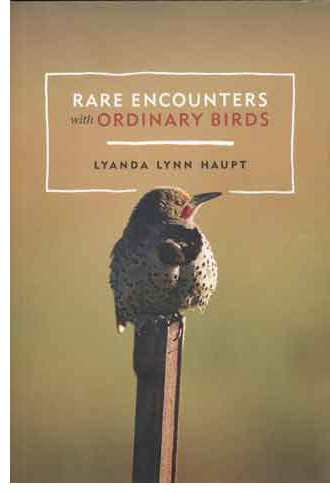If you saw how many passages I marked for further thought in President Jimmy Carter’s Our Endangered Values, you might assume that I was a born-again-Christian. You’d be wrong, of course, but it does show how much of my liberal philosophy is based on Christian values. Though I’ll have to admit that I did not vote for Carter when he ran a second time, my admiration for him has grown immensely since he left the Presidency. He seems to me, in many ways, to be the ideal Christian, one who lives his faith through his good works. I envy him his faith.
Of course, it doesn’t hurt that his diagnosis of the problems currently facing America largely coincide with my diagnosis:
The most important factor is that fundamentalists have become increasingly influential in both religion and government, and have managed to change the nuances and subtleties of historic debate into black-and-white rigidities and the personal derogation of those who dare to disagree. At the same time, these religious and political conservatives have melded their efforts, bridging the formerly respected separation of church and state. This has empowered a group of influential “neoconservatives,” who have been able to implement their long frustrated philosophy in both domestic and foreign policy.
The influence of these various trends poses a threat to many of our nation’s historic customs and moral commitments, both in government and in houses of worship.
Narrowly defined theological beliefs have been adopted as the rigid agenda of a political party. Powerful lobbyists, both inside and outside government, have distorted an admirable American belief in free enterprise into the right of extremely rich citizens to accumulate and retain more and more wealth and pass all of it on to descendants. Profits from stock trading and income from dividends are being given privileged tax status compared to the wages earned by schoolteachers and firemen. To quote a Christian friend, the new economic philosophy in Washington is that a rising tide raises all yachts.
The irresolvable differences of opinion on abortion, homosexuality, and other sensitive social issues have been exacerbated by the insistence of intensely committed hard-liners on imposing their minority views on a more moderate majority.
I’m not sure I’ve ever read a more succinct summary of the political crisis America currently faces.
I’ll have to admit that I didn’t really understand how this split in America evolved, nor did I realize that there had been a growing split in the Baptist Church until I read:
The new creed was troubling enough, but it was combined with other departures from historic Baptist beliefs, including the melding of religion and politics, domination by all male pastors, the exclusion of traditional Baptists from convention affairs, the subservience of women, encroachments on the autonomy of local churches, and other elements of the new fundamentalism. It became increasingly obvious that our convention leaders were really in conflict with traditional or mainstream Christians. After much prayer and soul searching, Rosalynn and I decided to sever our personal relationships with the Southern Baptist Convention, while retaining our time honored Baptist customs and beliefs within our own local church.
Almost total dominance of Baptist pastors over laypersons has been implemented, based on this statement of a prominent conservative leader, W. A. Criswell: “Lay leadership of the church is unbiblical when it weakens the pastor’s authority as ruler of the church.” This premise violates Jesus’ announcement that he was a servant, that his disciples would be servants, and that the greatest would be servant of all. There was certainly no biblical use of the word “ruler,” but this self promotion of pastors was made official in 1988, and now applies generally throughout the Southern Baptist Convention, most state conventions, and especially the megachurches.
Since I’m not a Baptist, this historical evolution probably might not have interested me if Carter hadn’t related it directly to the effect that it has had on our political system:
This focus on events within my own religious denomination may not be especially interesting to some readers, but it has had a profound impact on every American citizen through similar and related changes being wrought in our nation’s political system. During the last quarter century, there has been a parallel right wing movement within American politics, often directly tied to the attributes of like minded Christian groups. The revolutionary new political principles involve special favors for the powerful at the expense of others, abandonment of social justice, denigration of those who differ, failure to protect the environment, attempts to exclude those who refuse to conform, a tendency toward unilateral diplomatic action and away from international agreements, an excessive inclination toward conflict, and reliance on fear as a means of persuasion.
Although he doesn’t mention the Bush administration or conservative Republicans by name, it’s hard to imagine who else this description might fit. It’s reassuring to know that a born-again Christian sees the changes enveloping our country nearly the same way I do.

